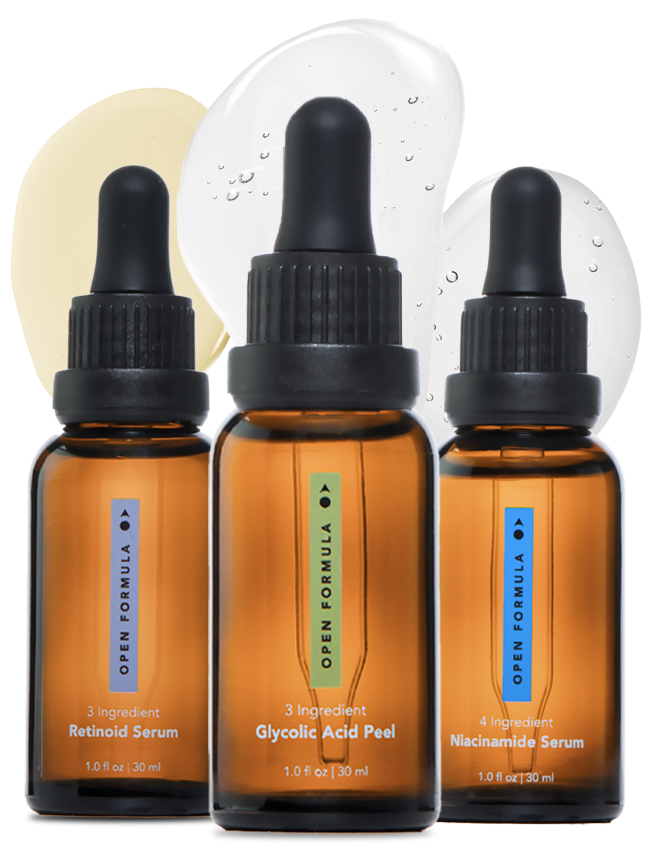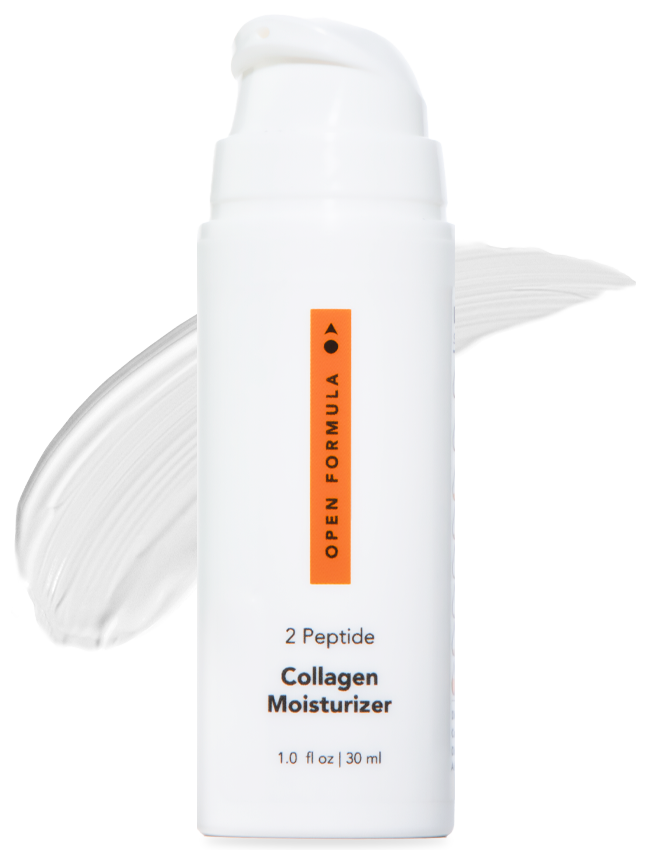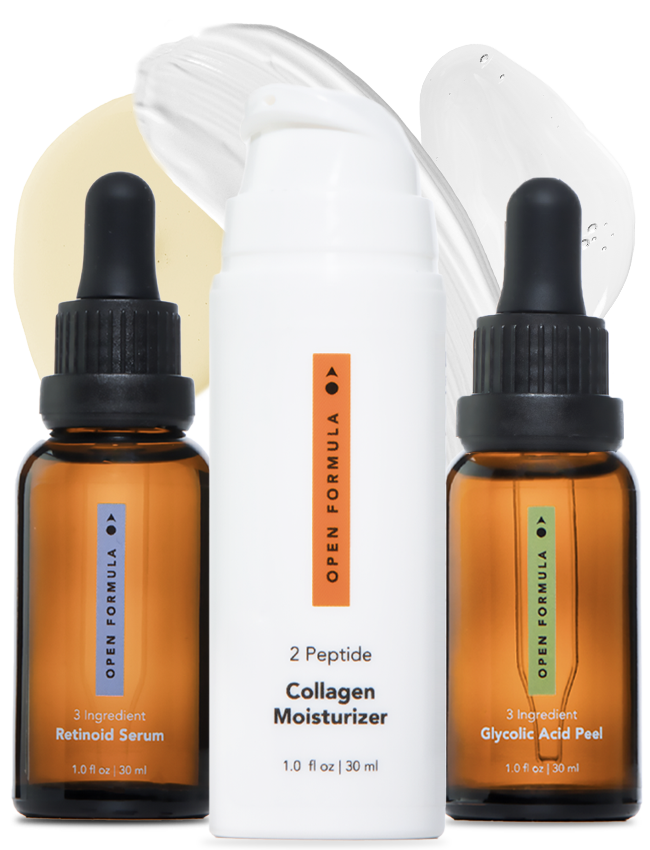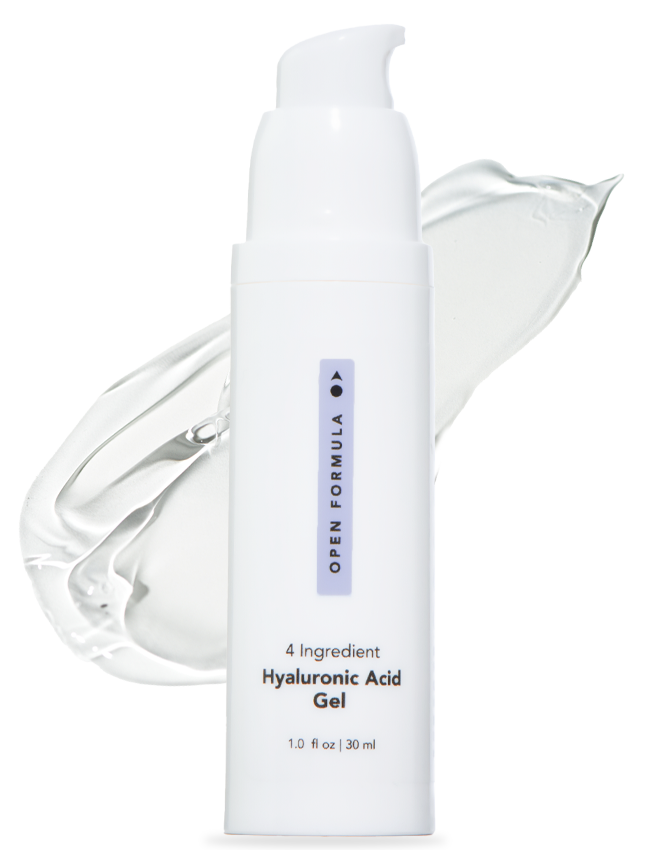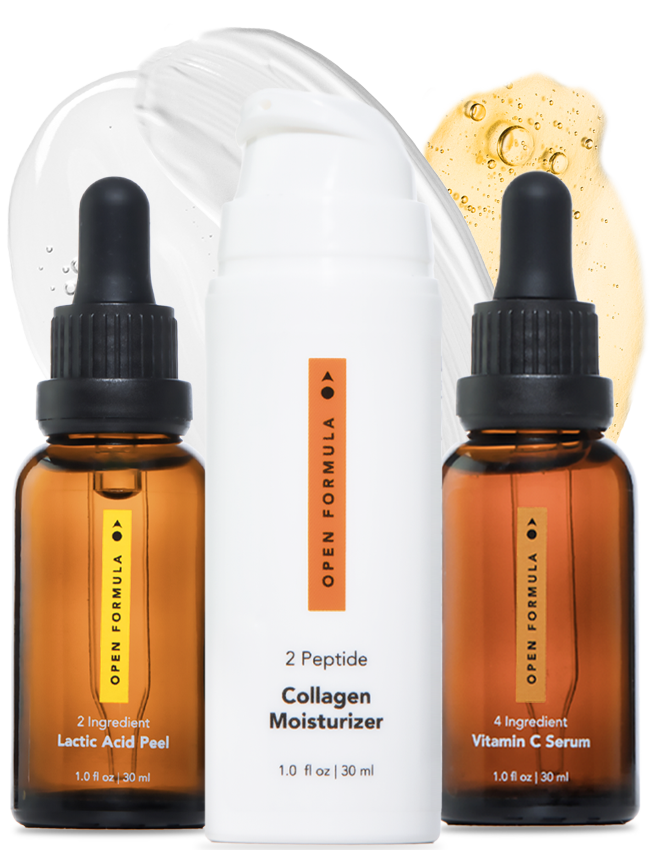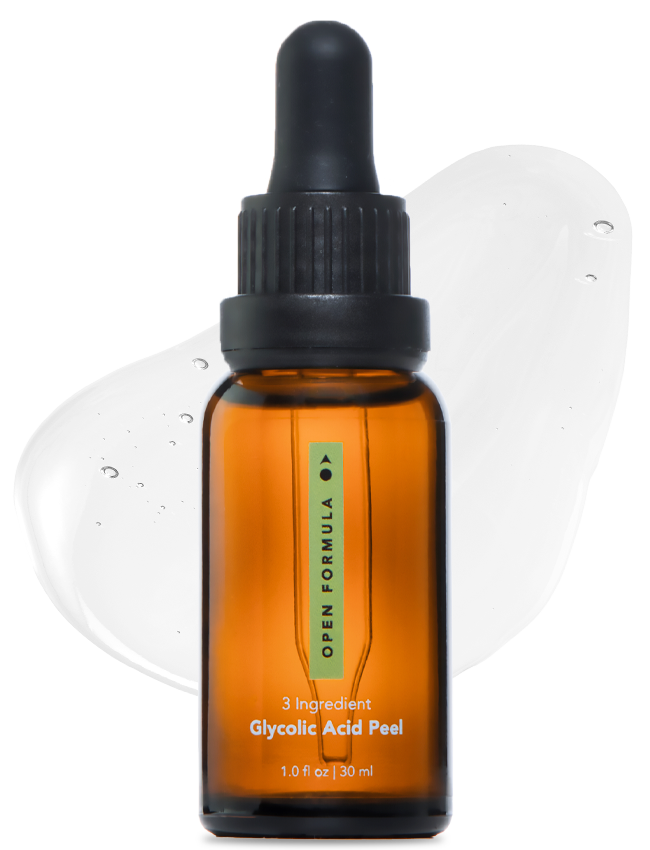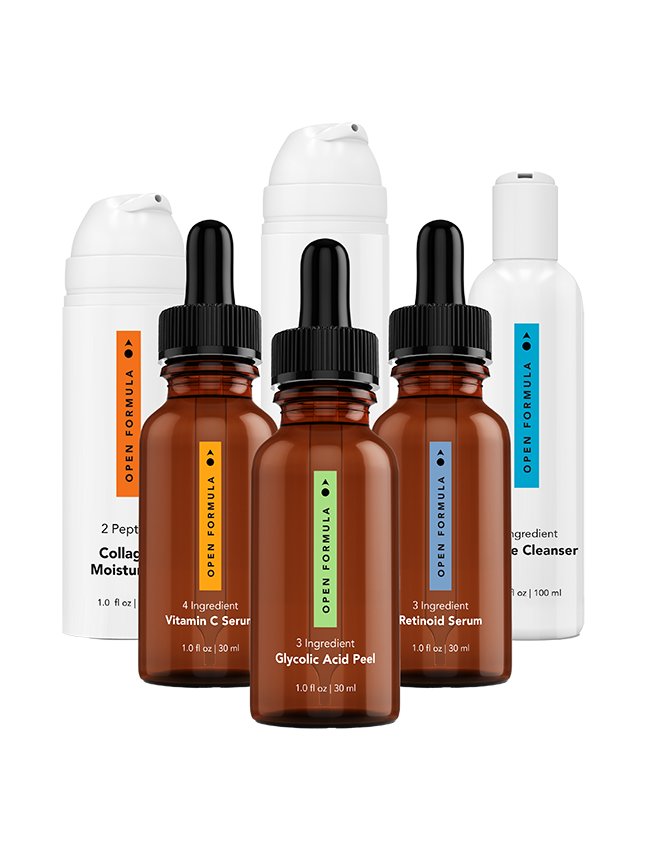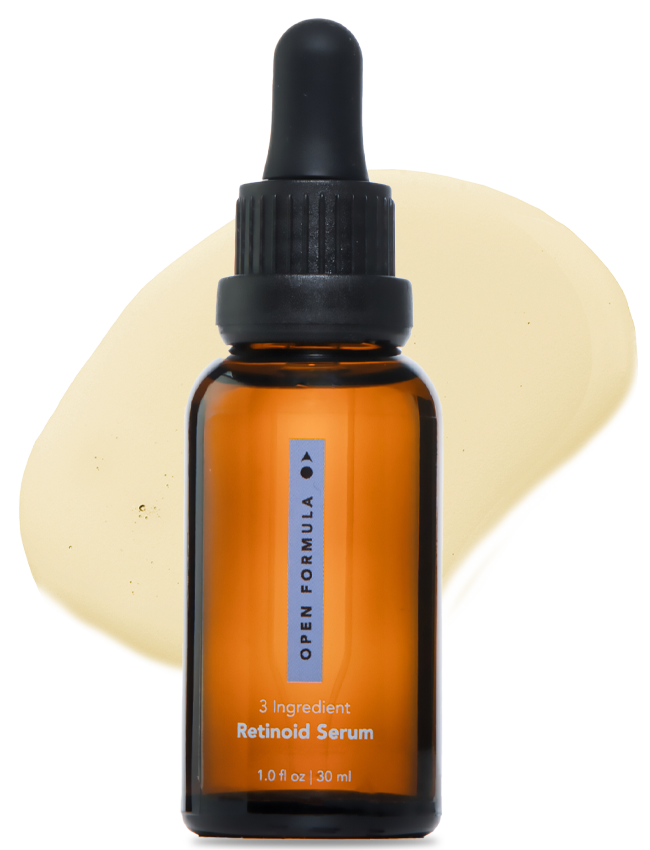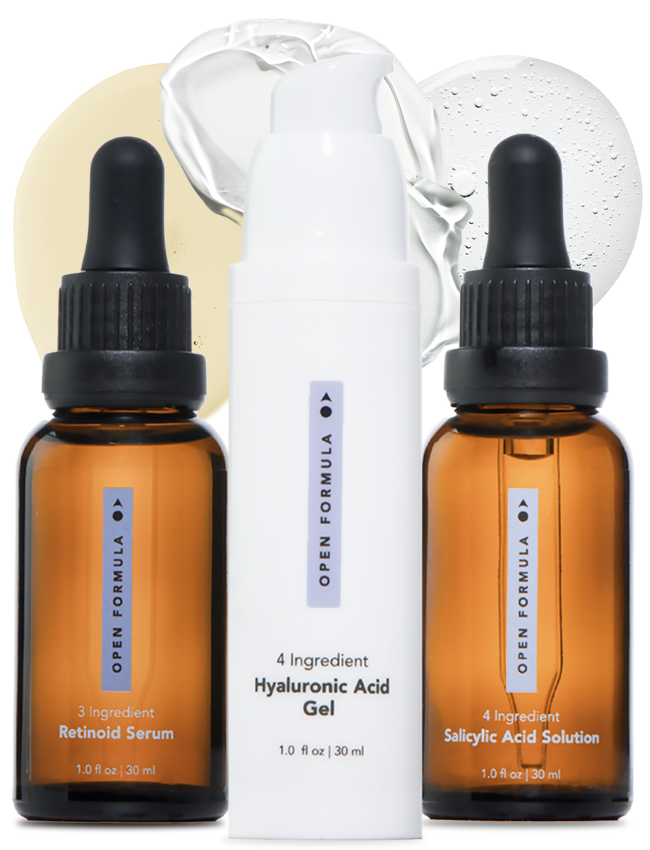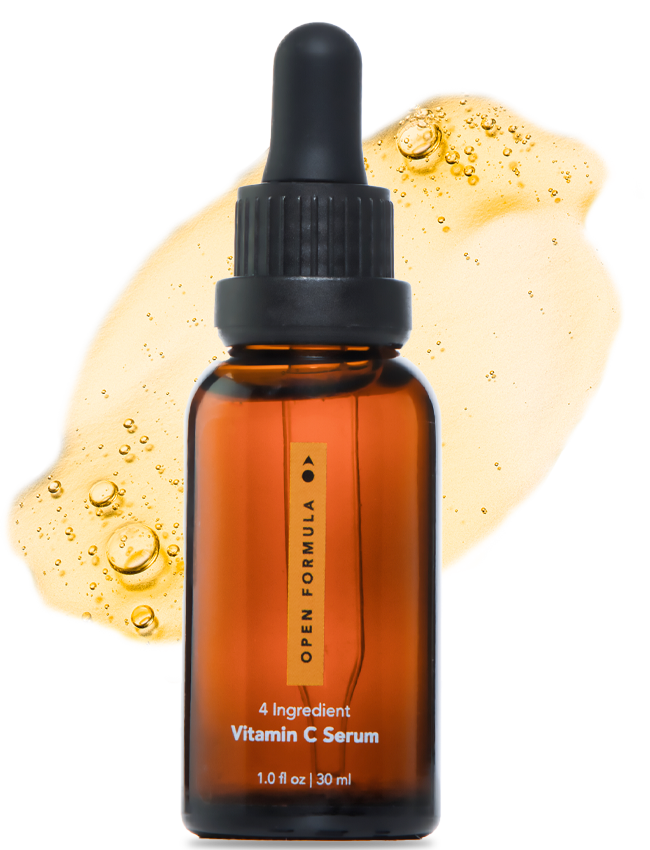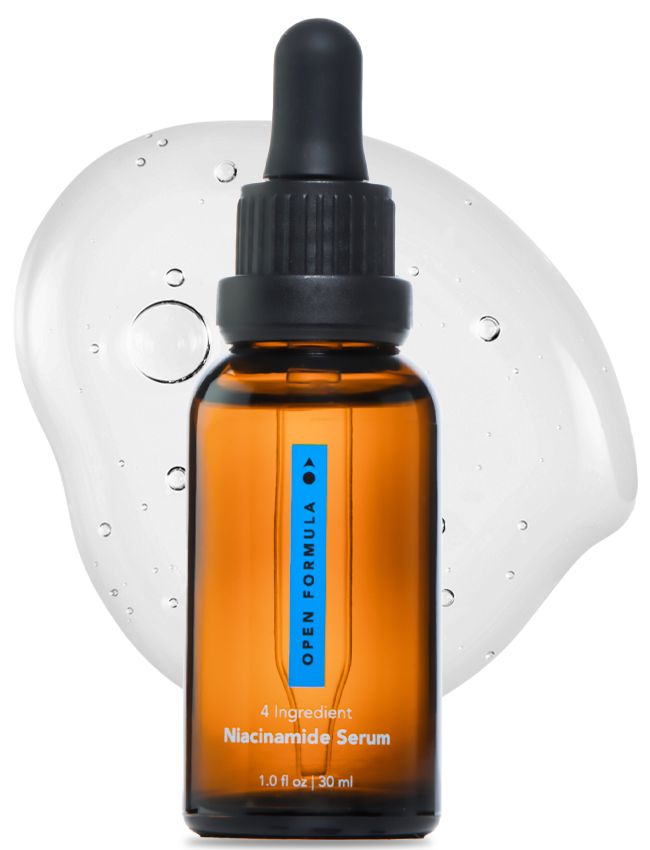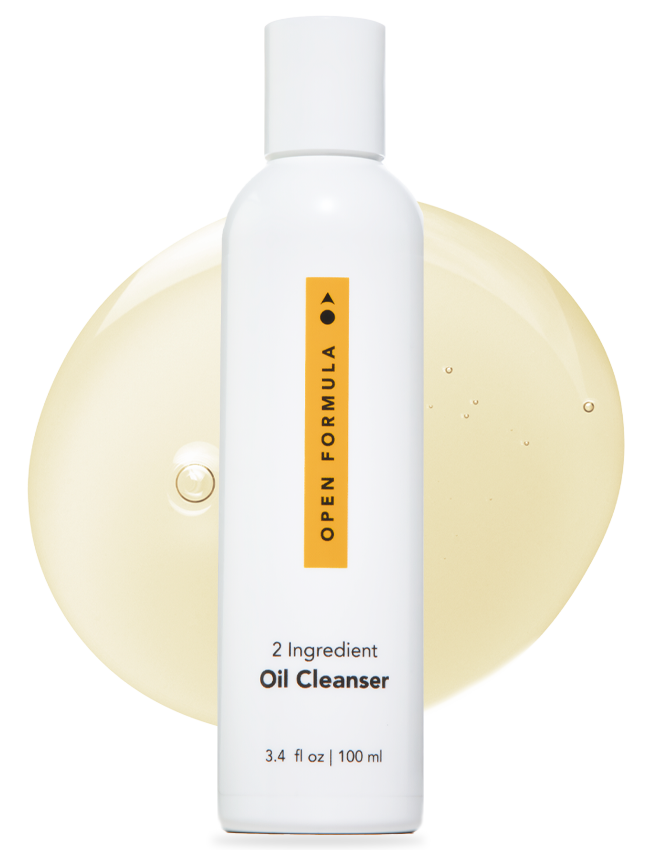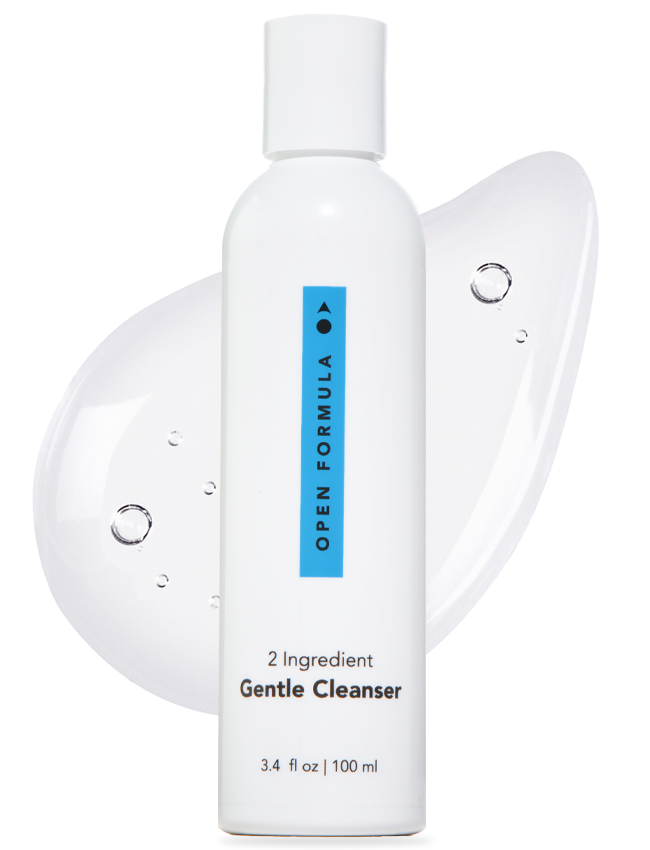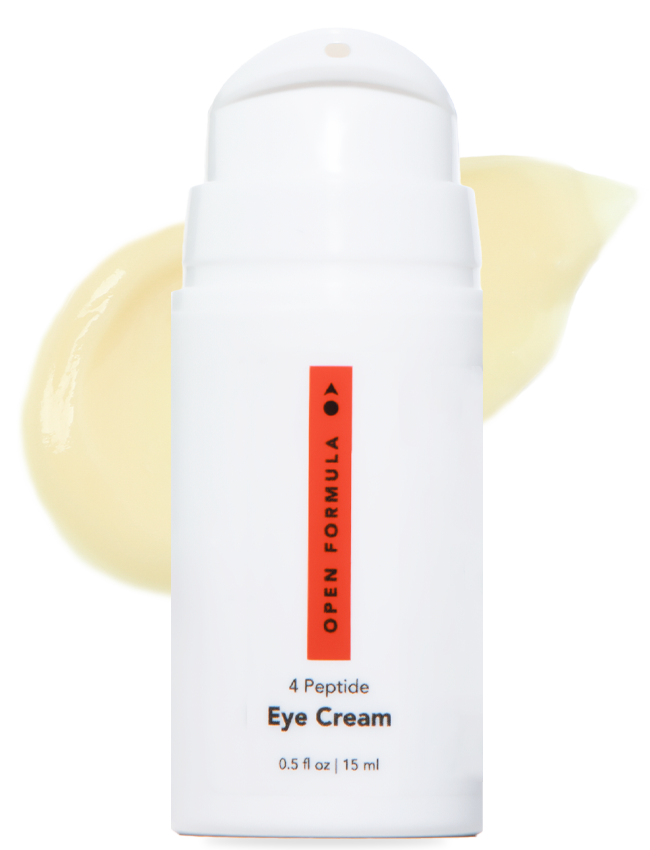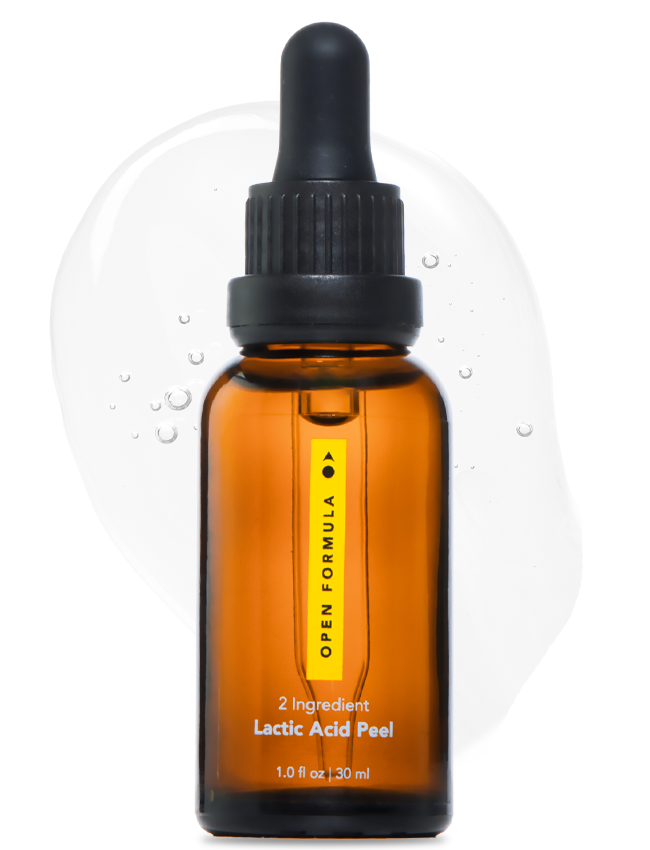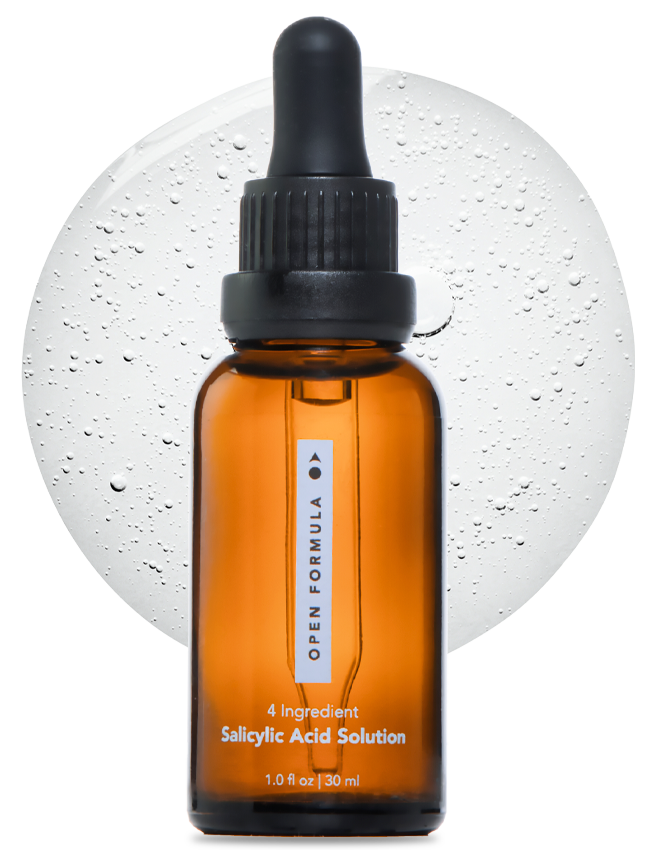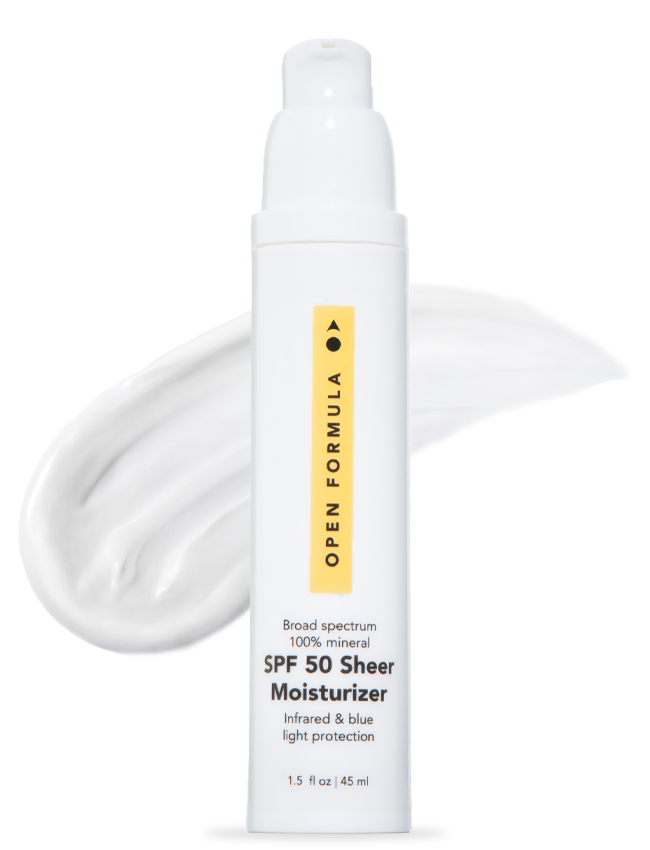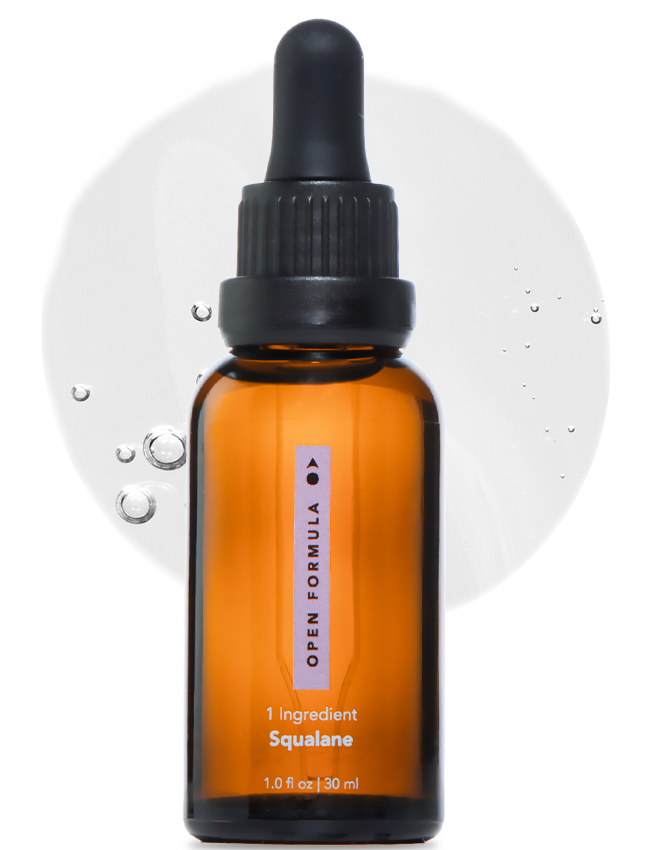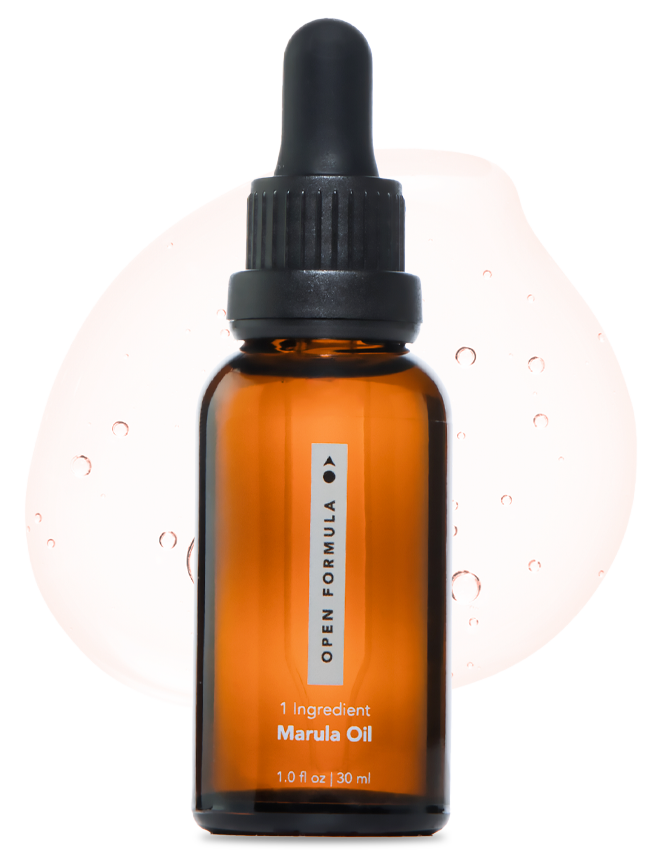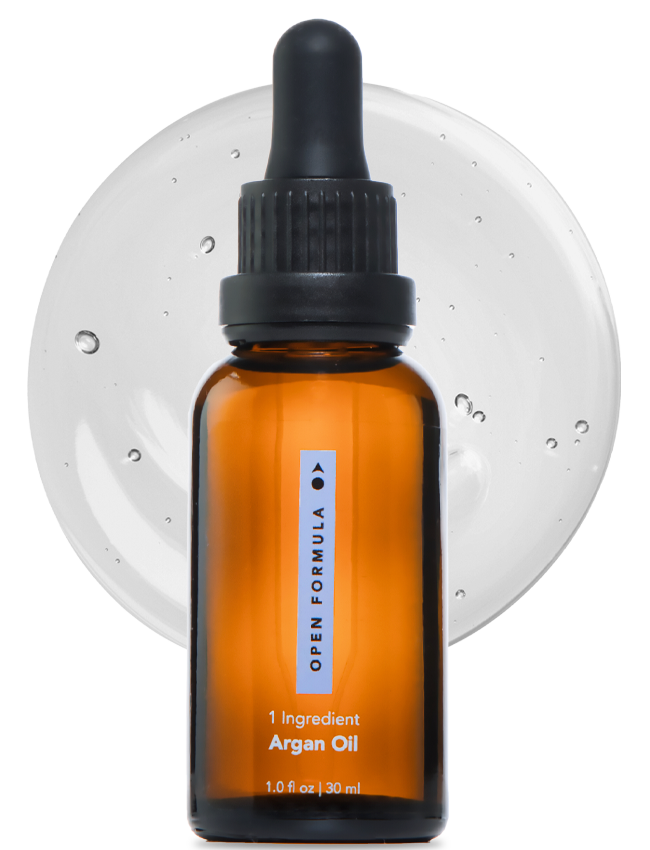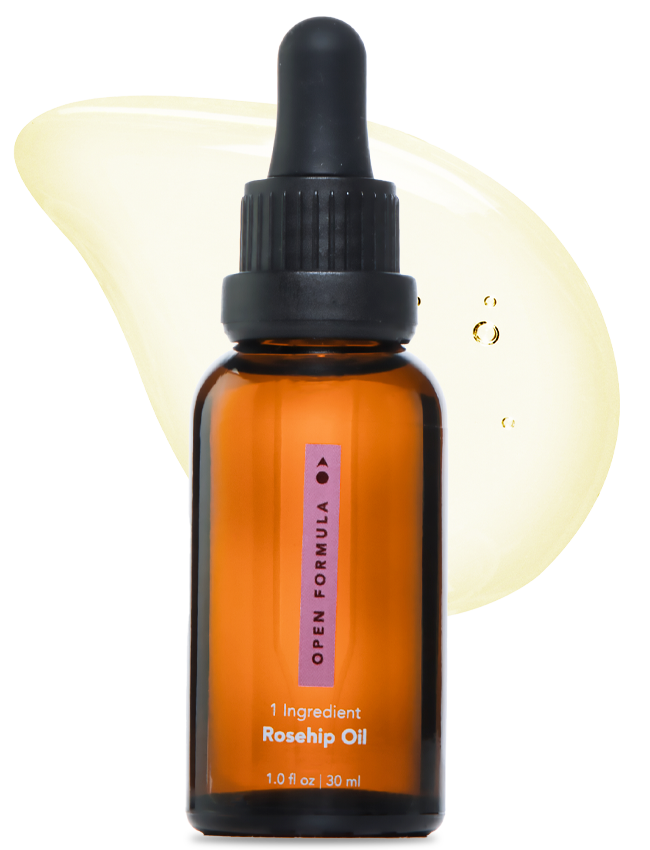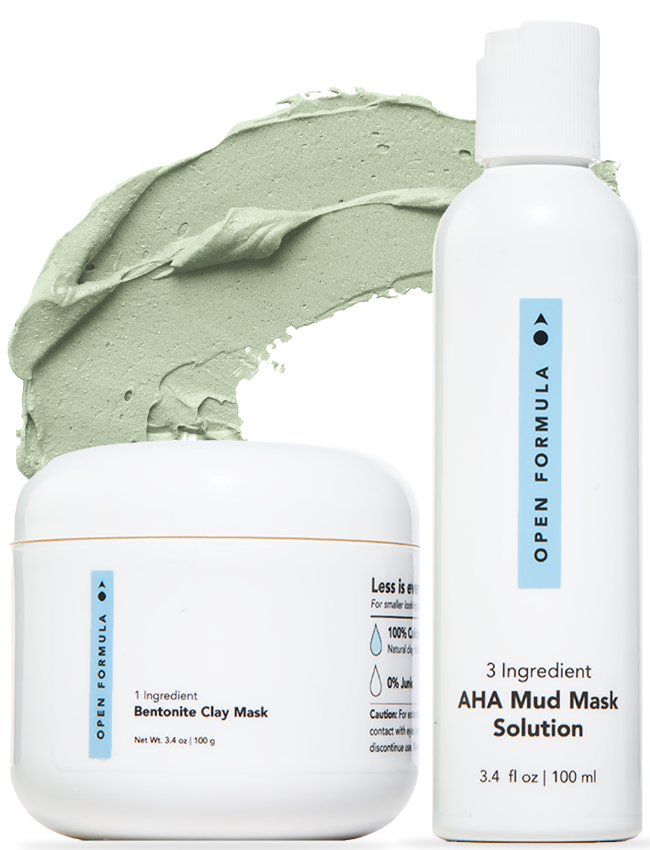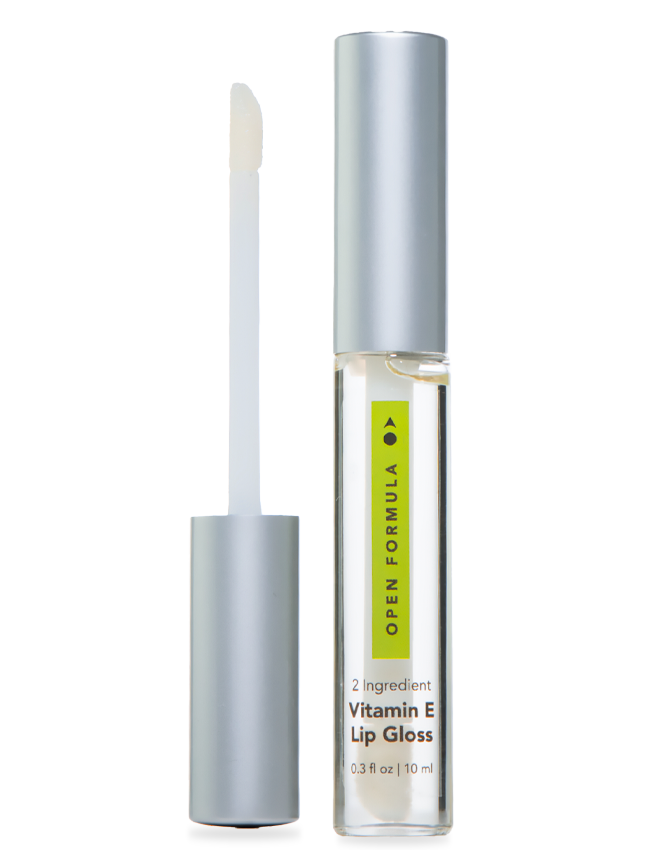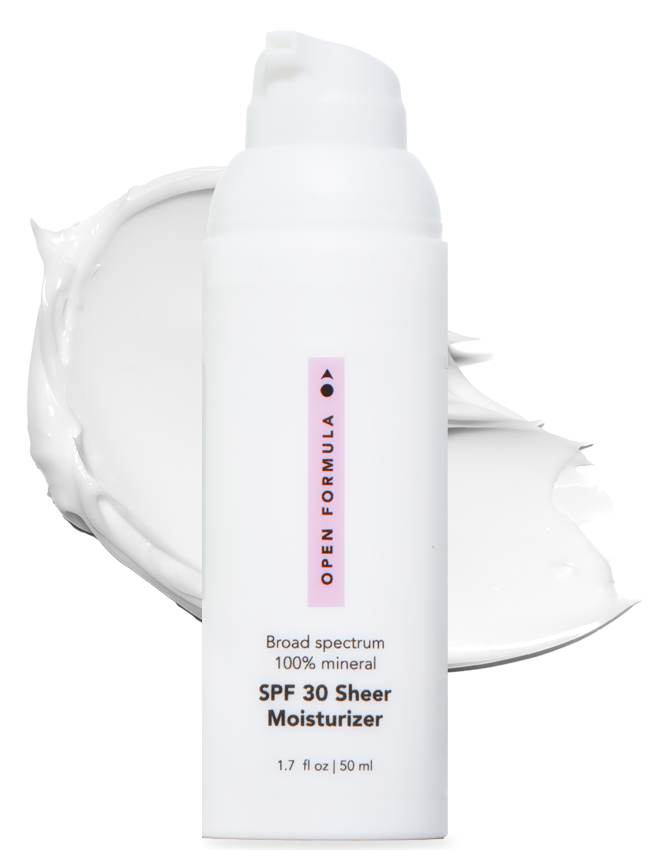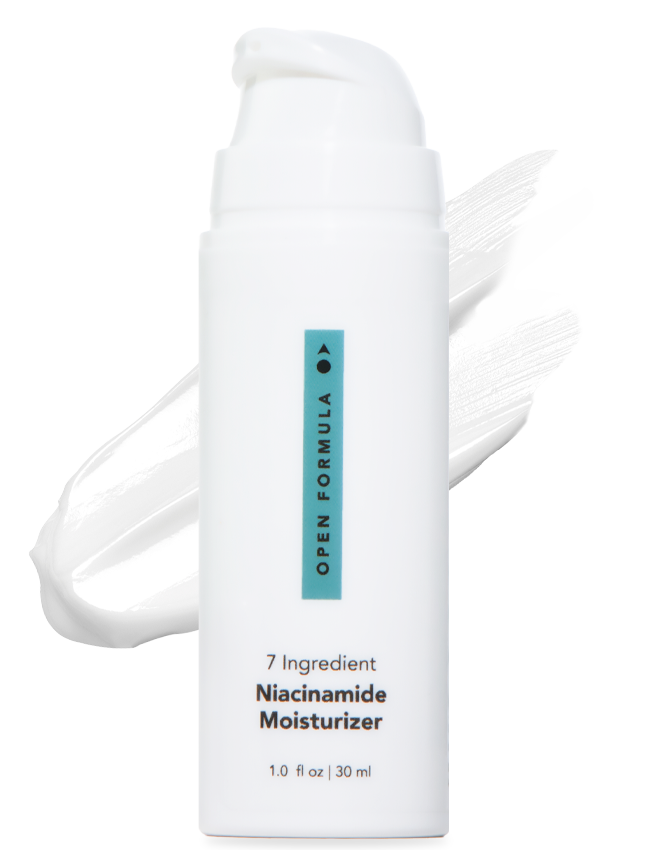In the world of aesthetics, there are few hoops that many women (and some men) won’t jump through to get thick, luxurious eyelashes. That includes everything from poking, prodding, and supergluing their eyelids with falsies, to the strange and surprisingly violent phenomenon of eyelash curling. In 2008, when the FDA approved Latisse, we added prescription medication to that list.
Despite its popularity, Latisse (.03% bimatoprost ophthalmic solution) is a tricky one. With Brooke Shields and Claire Danes behind the global ad campaign, the drug launched with more buzz than Apollo 11. While there’s no denying it works exceedingly well, the risks associated with it are as long as its users’ lashes. There’s certainly no shortage of over-the-moon testimonials, taking many women from ground zero lashes to drag queen status in a relatively swift 16 weeks. But what did your mother tell you? If something seems too good to be true, it probably is.
Before we weigh the risks, this drug has a noteworthy backstory. Before it was helping your lashes high five your eyebrows, Bimatoprost was prescribed to glaucoma patients to help relieve pressure in the eye clouding vision. It was only by happenstance that doctors noticed the drug was dishing out an unforeseen cosmetic treat for glaucoma patients: crazy-long lashes! Unsurprisingly, it wasn’t long before a pharmaceutical company called Allergan, who brought us Botox, Juvederm, and the FDA-recalled BIOCELL breast implants, saw the vast potential in formulating it cosmetically.
How Does it Work?
Doctors are still more or less scratching their heads over this one. We just know it works. Latisse definitely keeps lashes in the growth stage of their life cycles, but exactly how is still foggy. We do know that it doesn’t actually increase the amount of hair follicles (lashes) on the eyelid. Rather it helps to nurture your eyes’ natural, already existing and future lashes.
It typically takes 16 weeks to get your lashes to peak growth with Latisse. But many people start to notice results in as little as two weeks.
So It Works. What’s the Issue?
A quick browse through the Latisse FAQ page will offer a very brief brush over its associated risks. Some people experience redness, a little dryness, maybe some itching. Then we get into the “less common” skin darkening around the area of application. This pigmentation is actually very common, seen all over the testimonials. Many people report the pigmentation to be temporary, fading after discontinuation of use. Though for some, it can be permanent. It’s often described as giving the effect of “racoon eyes” or just constantly having a thin layer of eyeliner on.
You may be thinking these are small prices to pay in the name of neverending lashes. Well aside from the literal price you pay (up to $180 a bottle, though some top-of-the-line insurance does cover it), there are plenty of additional, lesser known side effects of using Latisse.
One of the most controversial of these cropping up, now with more longitudinal research behind the drug, is iris discoloration. That’s right. Latisse can literally change the color of your eyes! Scientists generally consider this complication to be irreversible. While given it’s very uncommon (less than 1% experience it), it’s more prevalent in those with green or hazel eyes, increasing melanin in the eye, browning the iris.
Then, there’s less-studied atrophy, or fat loss that can occur around the skin Latisse touches. Fat loss sounds great, right? Not around your eyes. Fat loss around the eyes happens naturally as we age, causing our eyes to lose their youthful plumpness or fullness. Atrophy gives our eyes a sunken or hollow appearance. While the research highlighting this complication, like the iris coloration, mainly stems from studying the glaucoma patients, who insert Bimatoprost directly in the eye, the song remains the same, because it’s the same substance. Many doctors choose to dismiss this side effect, offering that fillers can “easily” rectify the problem. Easy? Fillers are expensive and often invasive.
The heavenly lash elixir is starting to sound more dicey by the second, huh? So while Latisse is generally “safe,” the aesthetic trade offs you might have to address make it sort of a cosmetic catch 22.
Are There Any Worthwhile Alternatives?
Latisse is the only FDA-approved drug on the market for lash growth... *pause* Now that we got out of the way, there are plenty of alternatives that go head-to-head with Bimatoprost. They vary in proven effectiveness, side effects, cost, and speed of results.
Rodan + Fields’ Lash Boost -
Lash Boost has been the over-the-counter frontrunner for a few years now, with its owners reporting $1.5 billion in sales in 2017 alone. And it certainly works. That’s how R+D gets away with charging over 100 dollars per bottle. However, the FDA has recently taken issue with the company marketing the product as nothing more than a simple vitamin smoothie for your lashes. The keratin and biotin-infused serum has an eerily similar backstory to it’s FDA-approved counterpart, Latisse. One of Lash Boost’s active ingredients, which R+D failed to disclose to its customers, is the synthetic hormone isopropyl cloprostenate, a prostaglandin analog that works almost identically to its cousin, the prostaglandin Bimatoprost (Latisse’s active ingredient). In fact, both drugs began as treatments for glaucoma patients. The FDA has issued warnings to the company, and several of its counterparts (RapidLash, NeuLash, and RevitaLash).
In addition to butting heads with the federal government, the company has received a series of class action lawsuits from former customers, who experienced a wealth of side effects they argue the company never properly warned them about. The effects range from redness and itching to eyelid drooping and iris discoloration. Sound familiar?
Peptide serums
Peptides occur naturally in the body, helping support our skin’s vital collagen and elastin supplies. But they can also help expedite the hair growth process. Peptide lash serums are, unsurprisingly, one of the only effective ways to grow lush lashes, without rolling the dice with hormones.
It’s important to note that you’re not going to find any clinically proven research to back OTC lash serums. If the company claimed to grow lash hair, or make any changes to the body, it’d no There’s no shortage of successful in-house studies by peptide formulators like Widelash, whose subjects saw up to a 120% increase in length after just two weeks. Or Symrise, who reports an average 66% increase in length and density after four week-use of its SymPeptide XLash. But there’s also a fair amount of non-proprietary research to support that peptides help support hair follicles and grow hair in general.
Peptide proteins are the intuitive choice for lash support. Why? Our lashes are made up of mostly proteins. Supplying your lashes with the lipids they need are the safest, most natural way to let them bloom. But do your research. Products like RevitaLash boast natural peptides and “botanicals,” though it also contains a synthetic prostaglandin. You shouldn’t have to sacrifice some of your looks and your health in the name of elegant lashes.
Latisse will get you the dramatic lashes you pine after, sure, but are they worth the potentially permanent price?







